News and stories
Protect Our Paradise message for summer boating season
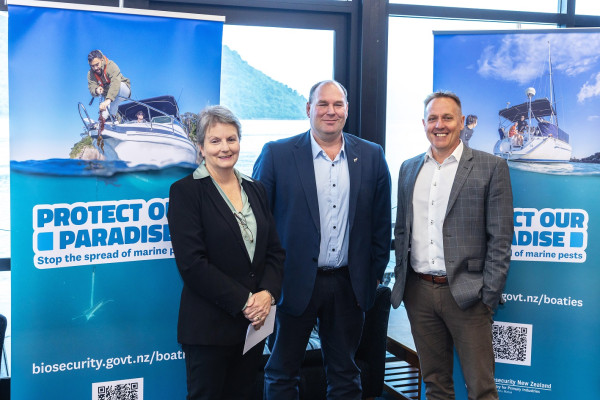
Hon Andrew Hoggard Minister for Biosecurity (centre) with Marlborough councillor Barbara Faulls and Port Marlborough CE Rhys Welbourn at the event to mark the start of the new boating season.
Boaties are being asked to take care not to spread invasive weeds and pests when moving around New Zealand’s coastal areas this summer.
Biosecurity New Zealand hosted an event with Marlborough District Council and Marlborough Sounds Marinas in Picton on Monday 14 October with Minister for Biosecurity Hon Andrew Hoggard present to mark the beginning of the summer boating season.
Boaties are being reminded to undertake good biosecurity practices this summer to avoid accidentally spreading invasive weeds or pests that cause great harm when they become established somewhere new.
Local Councillor Barbara Faulls said that with warmer weather and Labour Weekend coming up, boaties start to get out on the water more.
“The Marlborough Sounds is a very popular boating area, with 1700km of coastline. We have a lot to protect here including tourism, aquaculture and our unique environment that we all want to continue to enjoy.”
Biosecurity New Zealand has worked with the council and marinas over the past decade to keep the fouling pest Mediterranean fanworm from establishing in Marlborough. Fanworm was first found locally in 2014 when it was spotted growing on a visiting recreational vessel in Waikawa Bay. Fanworm forms large dense colonies that exclude any other life and has a high filtering ability so it out-competes other species for food.
Biosecurity New Zealand Pest Management Director John Walsh said keeping a boat hull and gear clean extends their life and improves their performance, as well as avoiding taking along a nasty hitchhiker.
The new nationwide Protect Our Paradise campaign is connecting with boaties and linking them with information. “We have a boating paradise here that’s worth protecting,” said Mr Walsh.
Minister Hoggard said prevention of spread in the first place is what he wants to emphasise, because of the difficulty of getting rid of an invasive pest once it has become established.
“The Protect Our Paradise campaign is exactly what I want to see more of around the country. Keep an eye and an ear out for more messaging about this important campaign.”
The topline message for boaties is: clean your hull, gear and anchor.
Three types of marine biosecurity cleaning are being promoted:
- For all types of boats: check and clean off gear and anchor before you move during a trip
- For trailer boats: drain the bilge and clean when you get home
- For moored boats: keep your hull clean and maintain antifouling.
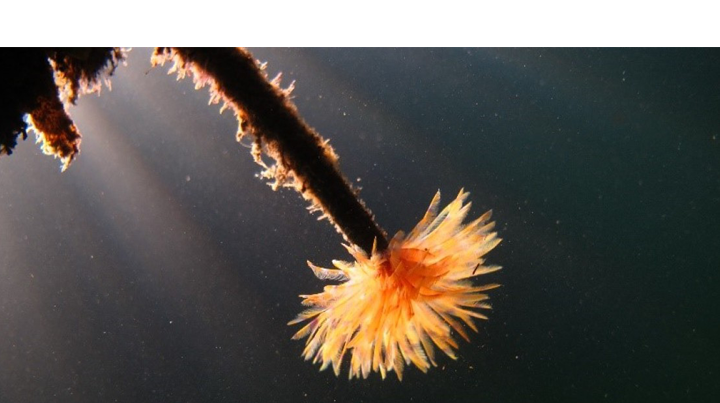
How Tutukaka Marina got rid of invasive fanworm
The first signal that the invasive Mediterranean fanworm (Sabella spallanzanii) was at Northland’s Tutukaka Marina happened when a boat from there was inspected by divers in Tauranga in 2015. Dive inspections showed the fanworm had not been in the Marina for long. Thanks to a quick and thorough response – including removal, surveillance and monitoring – fanworm was confirmed as gone from the Marina several years later.
Cruise ship turned away
New Zealand was the first country to introduce controls on both marine fouling and ballast water. As a result, a few cruise ships have been turned away from New Zealand in recent years because of hull fouling. The Craft Risk Management Standard requires all vessels arriving in New Zealand to be free of marine pests on arrival.
In November 2023 over 2,000 passengers were disappointed when a cruise ship cancelled its voyage to New Zealand after it was unable to manage the fouling present on the vessel prior to arrival.
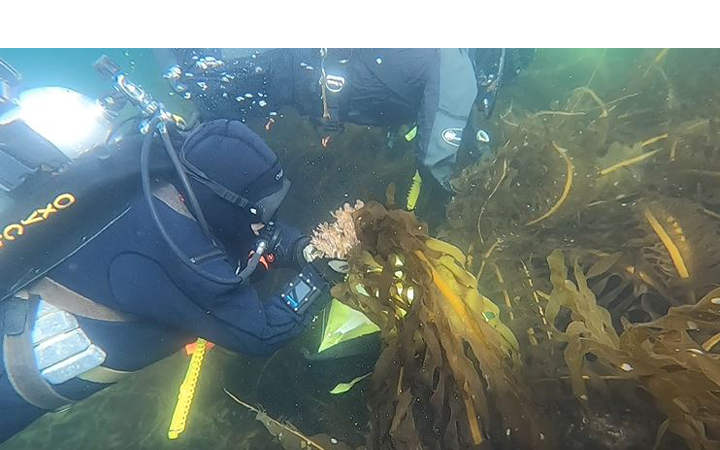
Skipper fined for infested hull
A boat owner faced a hefty fine for taking his vessel into Fiordland with a dirty hull, when he appeared in the Queenstown District Court in 2022.
Species growing on the hull included the invasive seaweed Undaria (Undaria pinnatifida). Undaria is a large seaweed that grows to 1 to 2 metres long and can rapidly form dense underwater forests. According to special rules for Fiordland Marine Area, vessels must ensure they have a clean hull before travelling within one nautical mile of the coast.
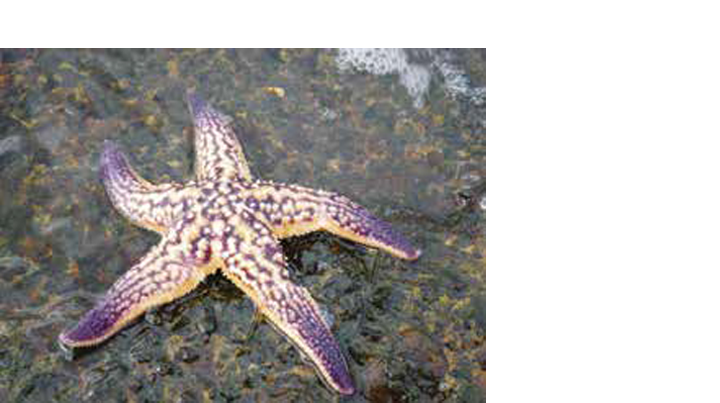
Unwanted starfish
We are fortunate that one of the worst invasive marine species is not in New Zealand waters. The Northern Pacific seastar (Asterias amurensis) is a large and aggressive predator of oysters, mussels, scallops and other species. New Zealand’s biosecurity system is designed to protect our coastlines from this seastar and other invasive species.
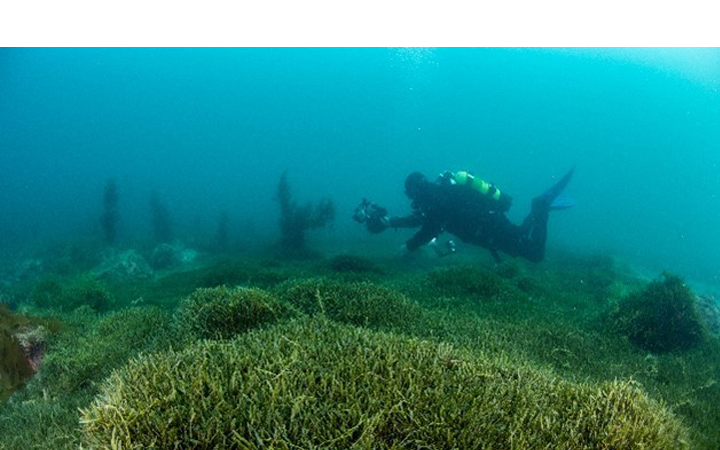
A smothering seaweed - exotic caulerpa
Described as “gorse of the sea”, two species of exotic caulerpa were first detected off Auckland and Northland between 2021 and 2023.
They form vast smothering carpets over the seabed. They get spread to new locations through fragments that attach to boats and gear including anchors or can move around on ocean currents.
Exotic caulerpa can be devastating for other life in the sea as well as human activities. It’s a good reason for boaties to do all they can to avoid spreading this to their favourite places.
Read more about the exotic caulerpa incursion
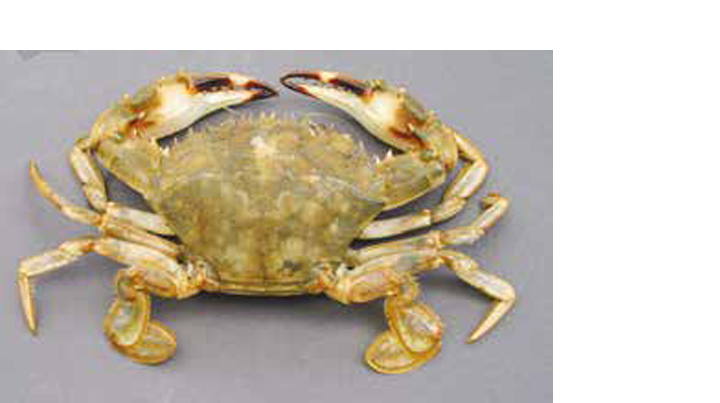
Mean and hungry crab - Asian paddle crab
The Asian paddle crab is a mean and hungry species of crab that is widespread in Northland and Hauraki Gulf and is also present in Tauranga Harbour.
This species (Charybdis japonica) is large, aggressive and out-competes native crabs for food and space. Females can produce 85,000 eggs a year. It can travel in fouling on moored boats, so we ask owners to ensure their hull and any niche areas are kept clean – especially when you’re about to move.
Learn more about Asian paddle crabs – Marine Biosecurity
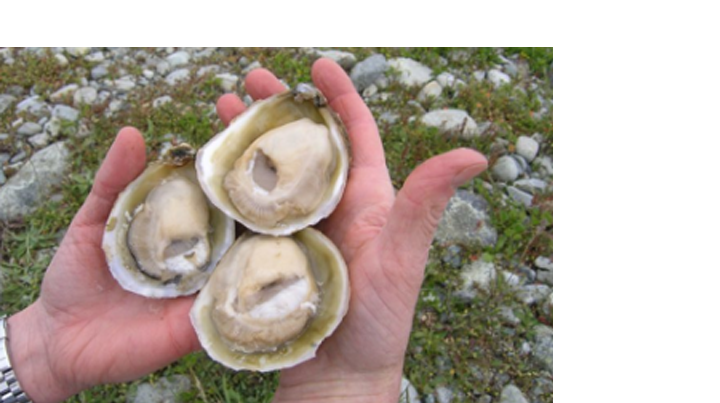
Bonamia oyster parasite
Bonamia is an internal parasite that can infect and kill flat oysters, including the famous Bluff oyster or tio.
Bonamia (Bonamia ostreae) can travel with other species on hull fouling and through movement of contaminated shells.
There are restrictions in place at the top and bottom of the South Island and Stewart Island to help protect oyster farming from this devastating disease.
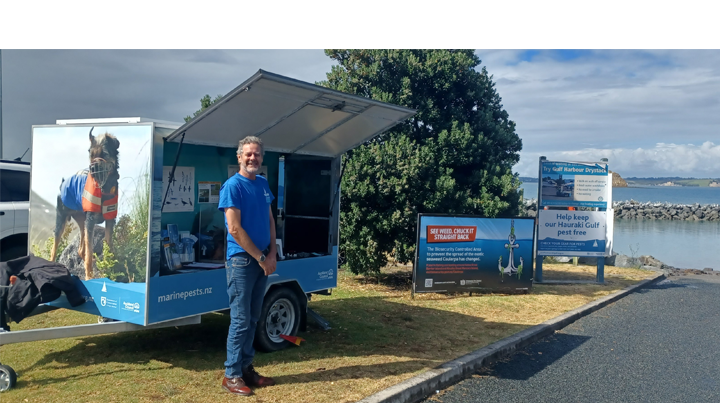
Auckland’s marine ambassadors
Auckland’s marine ambassadors are the face of biosecurity for many Auckland boaties. The Auckland Council Marine Biosecurity summer outreach programme has been running every summer since 2019.
The ambassadors chat with boaties at key marinas and boat ramps about marine biosecurity threats in the area and what they can do to protect their favourite places.
The team’s reporting shows there is good interest among boaties, but they are less sure about some of the actions needed, such as checking the anchor to avoid spreading exotic caulerpa. The programme for summer 2023/24 was co-funded by Biosecurity New Zealand.
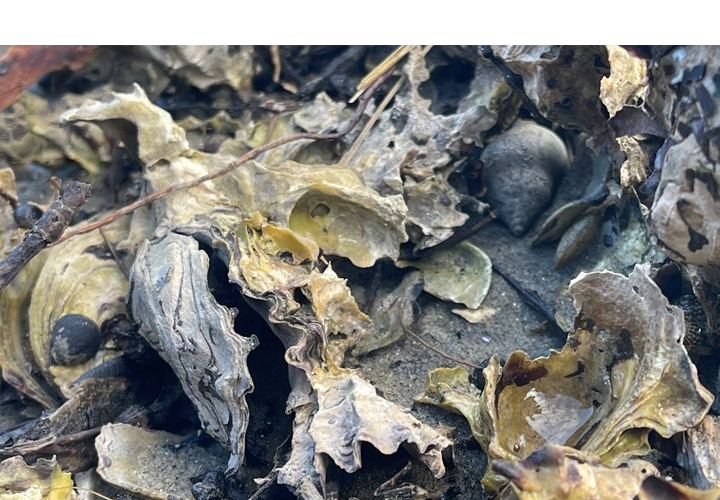
Detecting marine diseases
Biosecurity New Zealand relies on the public to report when there is a die-off or other disease impact on marine species.
In 2022, a member of the public reported that a number of sick rock oysters (Saccostrea glomerata) were dropping off rocks from a bed in Mangawhai, Northland. A series of tests was done and came back negative for disease. It was concluded they had been affected by an environmental event, but still, being able to exclude the possibility of a disease was important.
To report anything unusual that might be a new disease, weed or pest, call 0800 80 99 66.
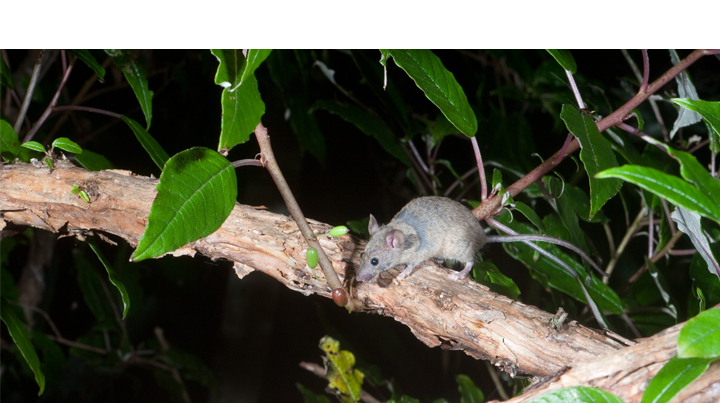
Biosecurity when visiting islands
Many of New Zealand’s islands are protected as conservation areas. When boaties visit islands you can help to protect these sanctuaries from biosecurity threats including pest species like ants, mice and rats, the kauri pathogen, and even from pets, as well as marine pests.
When you are planning a trip, look online for rules and guidance.
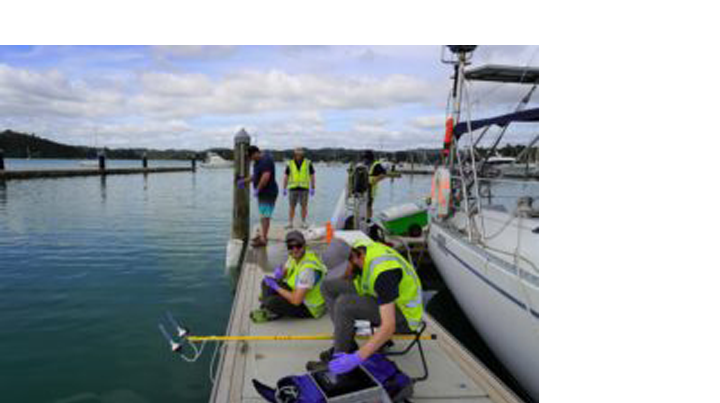
Award-winning marine biosecurity research
New Zealand now has a faster and cheaper system for locating invasive marine species thanks to a project run by Cawthron Institute. Cawthron were recognised for this work, done as part of the Marine Biosecurity Toolbox Research Programme, at the 2024 Biosecurity Awards.
The project developed specialised water sampling that links to an app and can give an automated alert to biosecurity managers if something is detected. The early notification means more effective action can be taken. Through its work, the Toolbox programme is also giving opportunities to a new generation of biosecurity scientists.
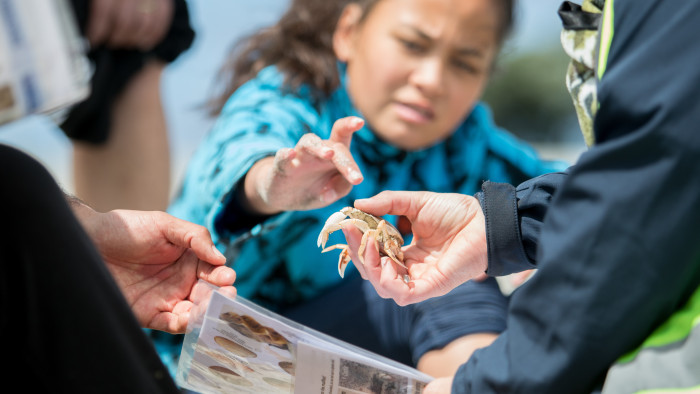
About marine pests
Find out more about the worst invasive species that could easily spread and cause trouble
Top of the page photo credit: Shaun Lee, Project Kahurangi